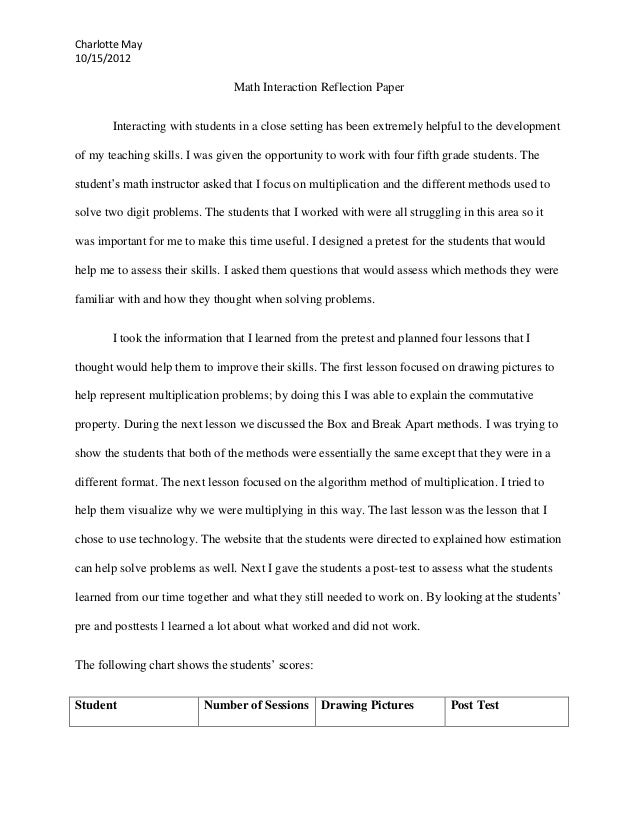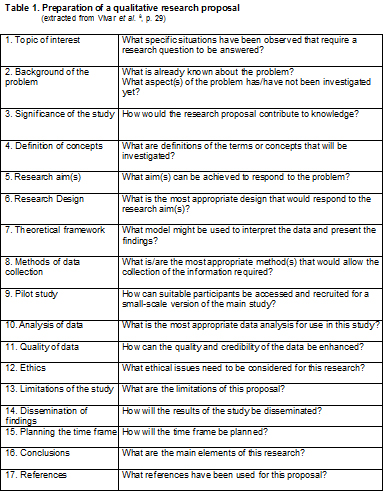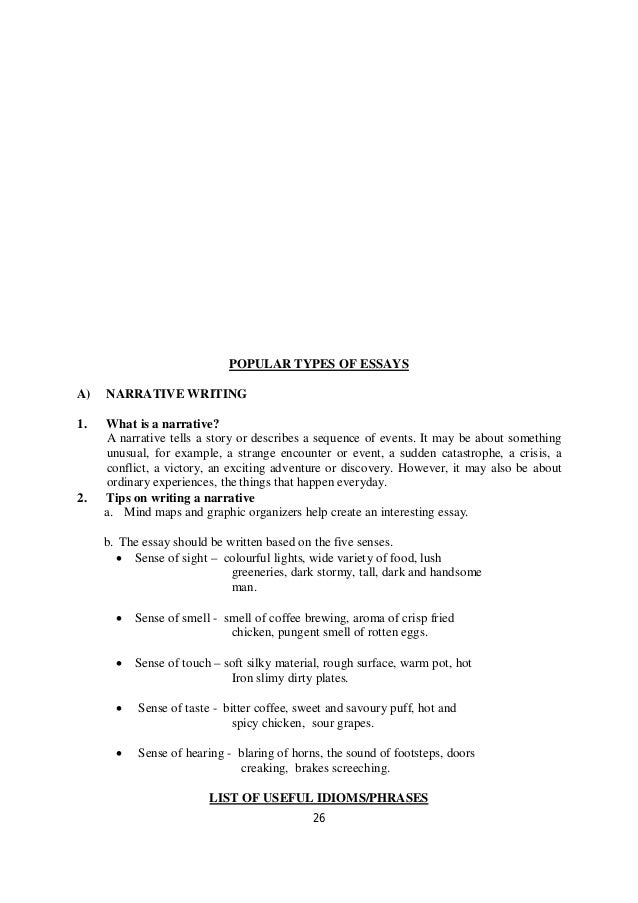Problem 2 (Integral Boundary Layer Formulations) C.
FLUID MECHANICS TUTORIAL No. 3 BOUNDARY LAYER THEORY In order to complete this tutorial you should already have completed tutorial 1 and 2 in this series. This tutorial examines boundary layer theory in some depth. When you have completed this tutorial, you should be able to do the following. Discuss the drag on bluff objects including long cylinders and spheres. Explain skin drag and form.Boundary-layer equations for a compressible liquid can be derived from the equations for the flow of a viscous and heat-conducting gas; they are much more complicated than (3). Their number is also larger. There is an integral transformation that simplifies these equations in the general case and reduces them to (3) when the Prandtl number, where is the heat capacity of the gas at constant.Question: Problem 2 (Integral Boundary Layer Formulations) Consider The Steady Stream From A Water Jet Hitting A Plane Surface With A Ledge. We Are Interested In The Boundary Layer Characteristics Of The Flow On The Ledge. This Flow Can Modeled As Purely 2D In The Plane Of The Plane Surface By Considering The Flow From The Jet As An Idealized Source: We Will.
Academia.edu is a platform for academics to share research papers.Boundary Layer Theory Prandtl brought together the two divergent fields of fluid dynamics. He showed that flow about a solid body can be divided into two regions. In a thin region adjacent to the body the viscous terms play an important part and this is termed the boundary layer. Beyond. LECTURE 1 the boundary layer the flow can be considered inviscid and hence is approximated by Euler.
The layer is the boundary between the object and the free-flowing fluid. Due to its contact or proximity to the object, the boundary layer is affected by the object and displays flow properties that are different from those of fluid flowing farther away from the object. The boundary area is that of viscous flow, which is subject to friction from the surface of the object and heat transfer from.











